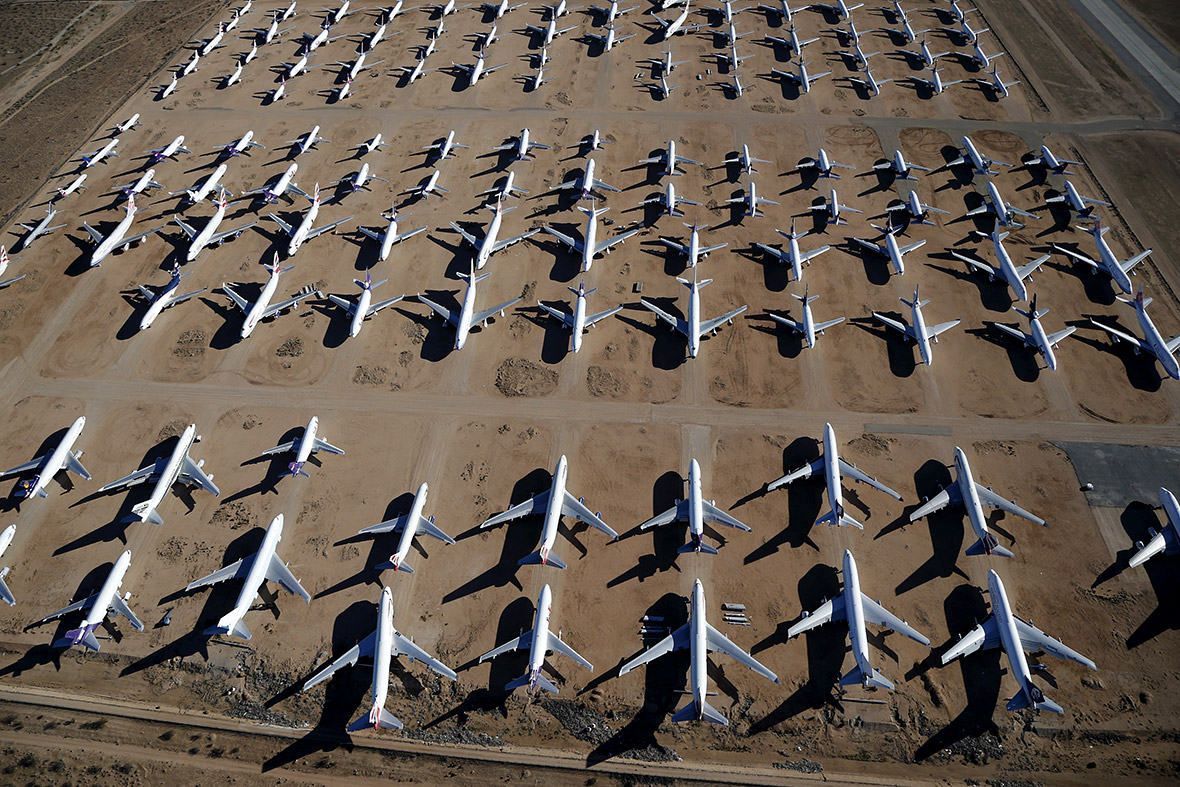Where do old jumbo jets go when they die? The Victorville aircraft graveyard in California [Photos]
Where do old jumbo jets go when they die? The Victorville aircraft boneyard on the edge of the Mojave desert in Southern California.



Demand for jumbo jets has dropped steadily over the last two decades. Last year, there were zero orders placed by commercial airlines for new Boeing 747s or Airbus A380s, reflecting a shift towards smaller, twin-engine planes that cost less to fly. Over the same period production of large twin-engined jets like the Boeing 777 has risen seven-fold.
Airbus is more upbeat than Boeing about the prospects for jumbo jets but both now agree it has become a niche category. Airlines still need jumbo jets but only for certain polar flights – where a two-engine jet may be less safe than a four-engine jumbo because of the lack of places for an emergency landing – and busy routes where landing slots are scarce.
Hundreds of retired commercial jetliners are held at the facility in Victorville, one of several aircraft graveyards in the deserts of California and Airzona. The dry conditions reduce corrosion, meaning planes can be stored for years while they are stripped for spare parts.





© Copyright IBTimes 2025. All rights reserved.






















